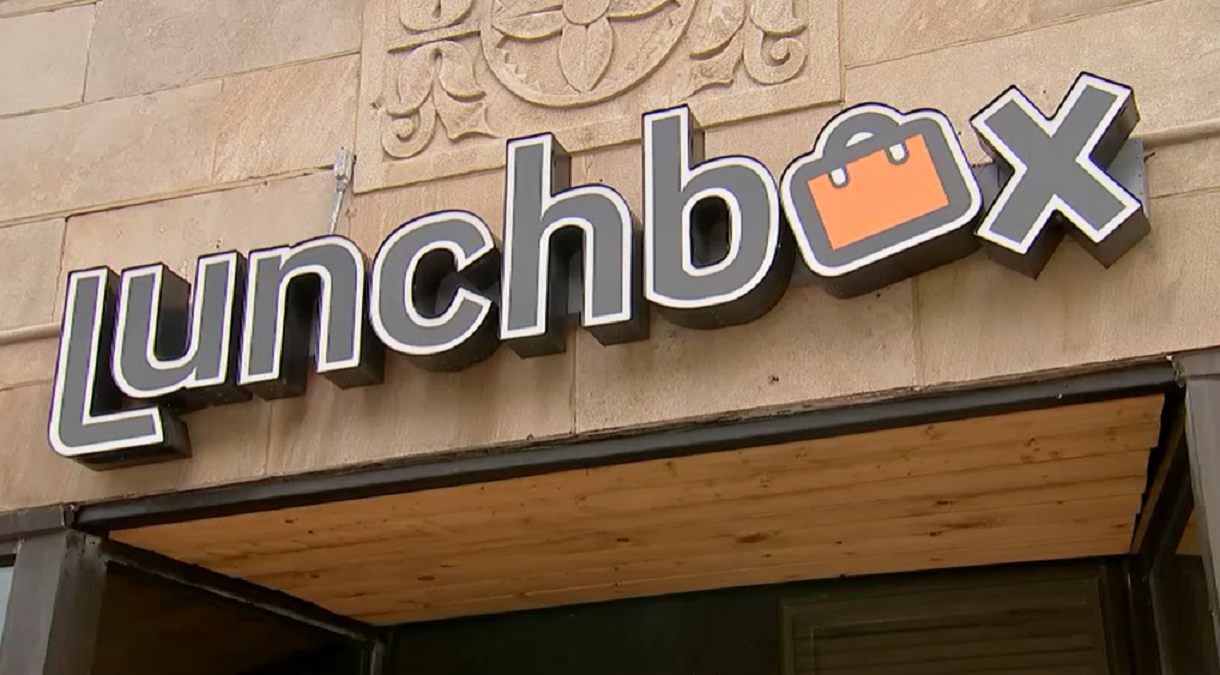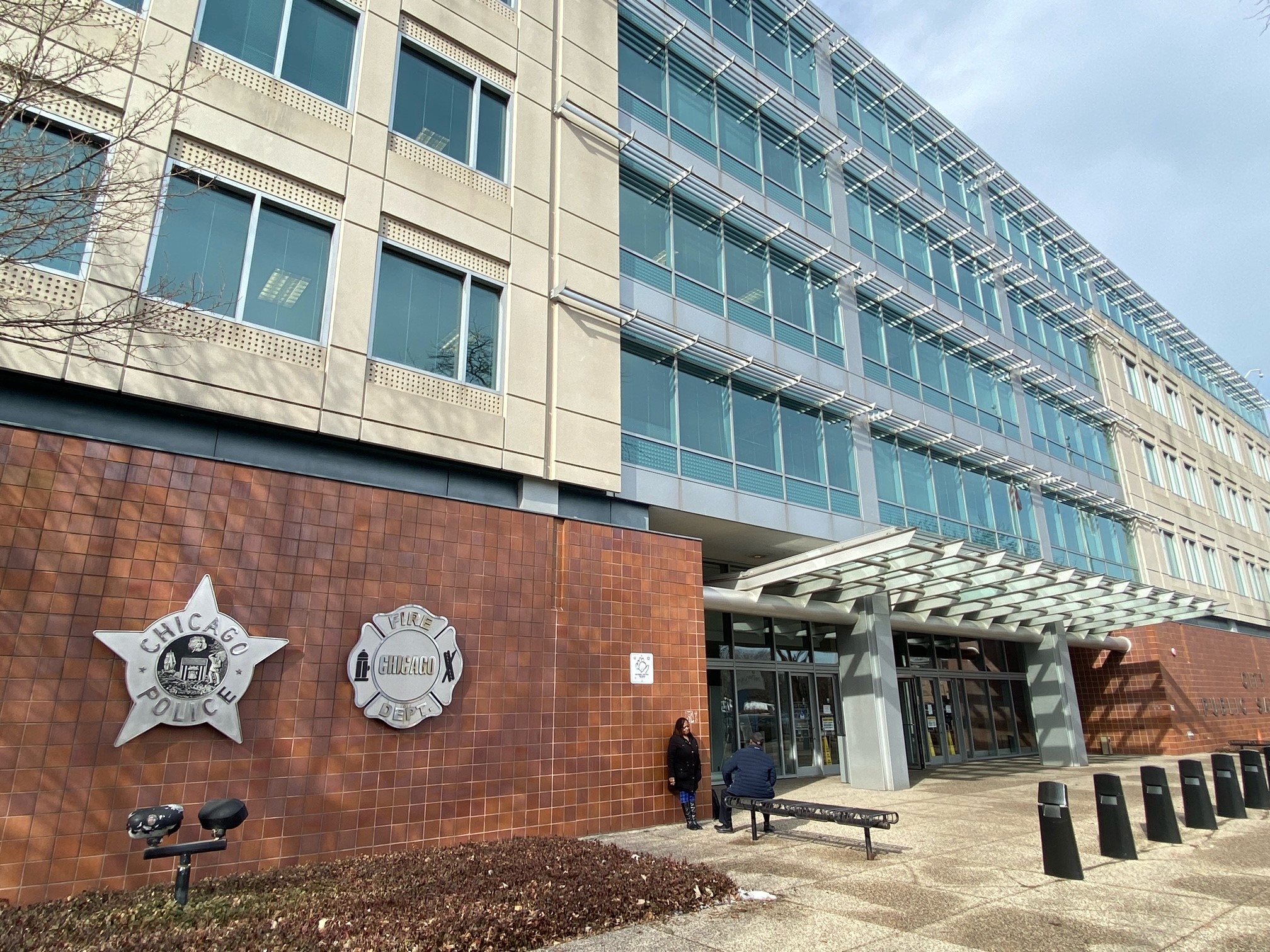Ten years ago, Chicago-area residents woke up to a story that sounded like the plot line of their worst nightmare.
Employees of Burr Oak Cemetery in suburban Alsip were accused of digging up bodies and re-selling the burial plots, disposing of bones in a remote area on the cemetery’s northern edge.
Investigators raided the cemetery July 8, 2009.
“I don’t think anybody was able to get their arms fully around just the magnitude of it,” said Sheriff Tom Dart, whose office coordinated the investigation.
“The reason we caught them, was they got so reckless toward the end but if they had not done that, I don’t know when we would have found this thing out,” he added.
The cemetery was legendary in Chicago’s African-American community. Tracing its origin to the twenties, it was the final resting place of figures like civil rights icon Emmett Till, and boxing legend Ezzard Charles.
Dart noted the crime was rather simple, especially in cases of older graves that were often rarely visited.
Local
“It wasn’t hard then to walk someone over to a lot, a plot, and say, ‘listen this is gorgeous, you can have that,’" he said. "People had no idea there’s someone already in there.”
The case had come in as a complaint from the cemetery’s owners of potential improprieties. Sgt. Jason Moran, who led the investigation, recalled his first visit to the property on June 3.
“The very first skeletal remains that I saw was the upper and lower jawbone containing teeth of a deceased individual,” he said. “I saw there were skeletal remains coming out of these piles of dirt.”
Moran says he next began to interview employees, family members of decedents, even neighbors of the cemetery.
“That’s when we knew that graves were being desecrated,” he said. “Remains were being crudely removed to make room for new burials.”
But the question was how many. The Sheriff’s office called in the FBI, which used infrared cameras to survey the entire site—roughly the size of six football fields. Those images quickly revealed areas of disturbed soil, which gave investigators a better idea of where to search.
“First thing we wanted to do was figure out how big is this crime scene,” said FBI’s Doug Seccombe. “This six-football-field crime scene went down to two football fields in one night.”
But there were further complications. as the cemetery’s records were a mess, literally caked with mold. Investigators found it difficult to determine where people should have been buried, let alone whether they were actually there.
In addition, recovered evidence needed to come from the preceding five years, for charging purposes.
“You look for things inside the grave that give you a date stamp,” said Seccombe.
He noted investigators kept finding traces of a certain type of moss, which was dated by a scientist from the Field Museum. Broken mulberry branches were analyzed by the Morton Arboretum and buried grass fragments by the University of Illinois.
The evidence recovery effort lasted over a month and it was tedious work, complicated by the fact that investigators said the remains had been smashed to pieces by the suspects.
“This wasn’t a surgical procedure,” Dart said. “They would get a backhoe and just dig it up, and then dump it, literally, in a pile with other remains.”
Over 1500 bones were eventually recovered; using an index of right femurs from the main crime scene and tibias from a second search area, Seccombe said he could establish a minimum number of victims at 29. Moran indicated a later search turned up more bones--a t least nine more individuals.
Investigators however, agreed that there were many more victims.
“Hundreds of graves had been desecrated in this crude way and there was theft and money going on, it was just a new low,” Moran said. “One defendant in particular shared with us that it was probably more like three to 400 graves that were affected by this scandal over the years.”
As news of the scandal broke, hundreds of worried relatives began descending on Burr Oak, worried that their loved ones were among those who had been dug up and discarded.
“All the families that came in, they were torn apart by this,” Seccombe said. “That was hard to see because nobody wants to see their loved one just mistreated, disrespected and dug up like that.”
Among the revelations, investigators discovered the deteriorating casket of Emmett Till covered with a tarp amid other debris in a garage behind the cemetery’s main office. Till had been exhumed in 2005 and reburied in a newer casket. Though his original casket was considered a relic of the civil rights movement and the public was shocked to learn it had been left to decay in such deplorable conditions.
“That really upset the Till family,” Seccombe expressed. He noted that the wife of one of the FBI anthropologists worked for the Smithsonian and that the restored casket now has an honored spot at the Museum of African American History in Washington.
“They agreed to give it to the Smithsonian,” he said. “It finally has a very respectful place to be.”
Cemetery manager Carolyn Towns drew a 12-year prison sentence for her role in the crimes. Backhoe operator Maurice Dailey was sentenced to three years of probation, foreman Keith Nicks drew a six-year prison term, and his brother Terrence Nicks was sentenced to three years.
Terrence Nicks did his time in prison, but recently his conviction was thrown out by the Illinois Appellate Court, which found that the original indictment against him was too vague. The court did not suggest that he had not committed the crimes, and there has been no word from the Cook County State’s Attorney’s office on whether they intend to pursue a new indictment in the wake of jail time he has already served.
After all cases were adjudicated, Cook County authorities decided to re-bury the recovered remains in a common grave on the site where they had been discovered amid so much heartbreak. Police investigators served as pallbearers.
“We had clergy present who prayed over the graves, the community was there,” recalls Moran. “It was kind of the best we could do, to make it right.”



